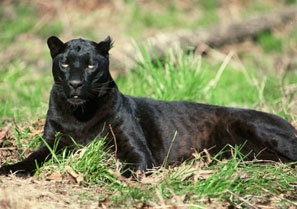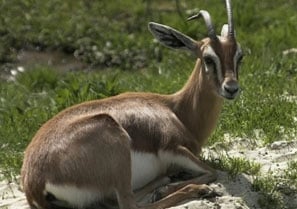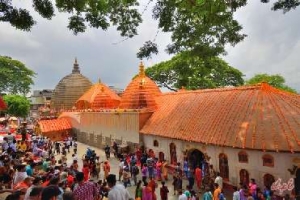Located at the foothills of the Bhutan-Himalayas in Assam, Manas National Park is a park known for its unique biodiversity and landscape. It is among the first reserves which were included in the Project Tiger in 1973. The park is home to some rare and endangered species such as Pygmy Hog, Assam Roofed Turtle, Golden Langur and Hispid Hare.
How to reach Manas National Park
By Air
The nearest airport is Guwahati airport which is 176 km. from Manas National Park.
Regular flights operate from major cities like New Delhi, Mumbai, Chennai, Jaipur, Chennai, Goa and Bangalore.
By Rail
Barpeta Road is a railway station which is 40 km from Guwahati.
From here, one can further reach Manas National Park via road. Barpeta Road also serves as the sanctuary headquarters.
By Road
By road, Manas National Park is 176 km from Guwahati, 403 km from Kaziranga, 466 km from Darjeeling, 287 km from Shillong and 386 km from Siliguri (386 km.)
Manas Tour Packages
List Of Popular Wildlife Sanctuaries In East India
 Nandan Kanan Wildlife Sanctuary
Nandan Kanan Wildlife Sanctuary  Hazaribagh Wildlife Sanctuary
Hazaribagh Wildlife Sanctuary  Ambapani Sanctuary
Ambapani Sanctuary  Simlipal Wildlife Sanctuary
Simlipal Wildlife Sanctuary  Badarama Wildlife Sanctuary
Badarama Wildlife Sanctuary  Baisipalli Wildlife Sanctuary
Baisipalli Wildlife Sanctuary  Balukhand Wildlife Sanctuary
Balukhand Wildlife Sanctuary  Belghar Wildlife Sanctuary
Belghar Wildlife Sanctuary  Bhitarkanika Wildlife Sanctuary
Bhitarkanika Wildlife Sanctuary  Bura-Chapuri Wildlife Sanctuary
Bura-Chapuri Wildlife Sanctuary  Chandaka Wildlife Sanctuary
Chandaka Wildlife Sanctuary  Debrigarh Wildlife Sanctuary
Debrigarh Wildlife Sanctuary  Gahirmatha Turtle Sanctuary
Gahirmatha Turtle Sanctuary  Karlapat Wildlife Sanctuary
Karlapat Wildlife Sanctuary  Khalasuni Wildlife Sanctuary
Khalasuni Wildlife Sanctuary  Kotagarh Wildlife Sanctuary
Kotagarh Wildlife Sanctuary  Kuldiha Wildlife Sanctuary
Kuldiha Wildlife Sanctuary  Lakhari Valley Sanctuary
Lakhari Valley Sanctuary  Laokhowa Wildlife Sanctuary
Laokhowa Wildlife Sanctuary  Pabha or Milroy Sanctuary
Pabha or Milroy Sanctuary  Pabitora Wildlife Sanctuary
Pabitora Wildlife Sanctuary  Padmatala Wildlife Sanctuary
Padmatala Wildlife Sanctuary  Satkosia Basipalli Sanctuary
Satkosia Basipalli Sanctuary  Sonai Rupai Wildlife Sanctuary
Sonai Rupai Wildlife Sanctuary  Sunabeda Wildlife Sanctuary
Sunabeda Wildlife Sanctuary  Tikarpada Wildlife Sanctuary
Tikarpada Wildlife Sanctuary  Ushakothi Sanctuary
Ushakothi Sanctuary





